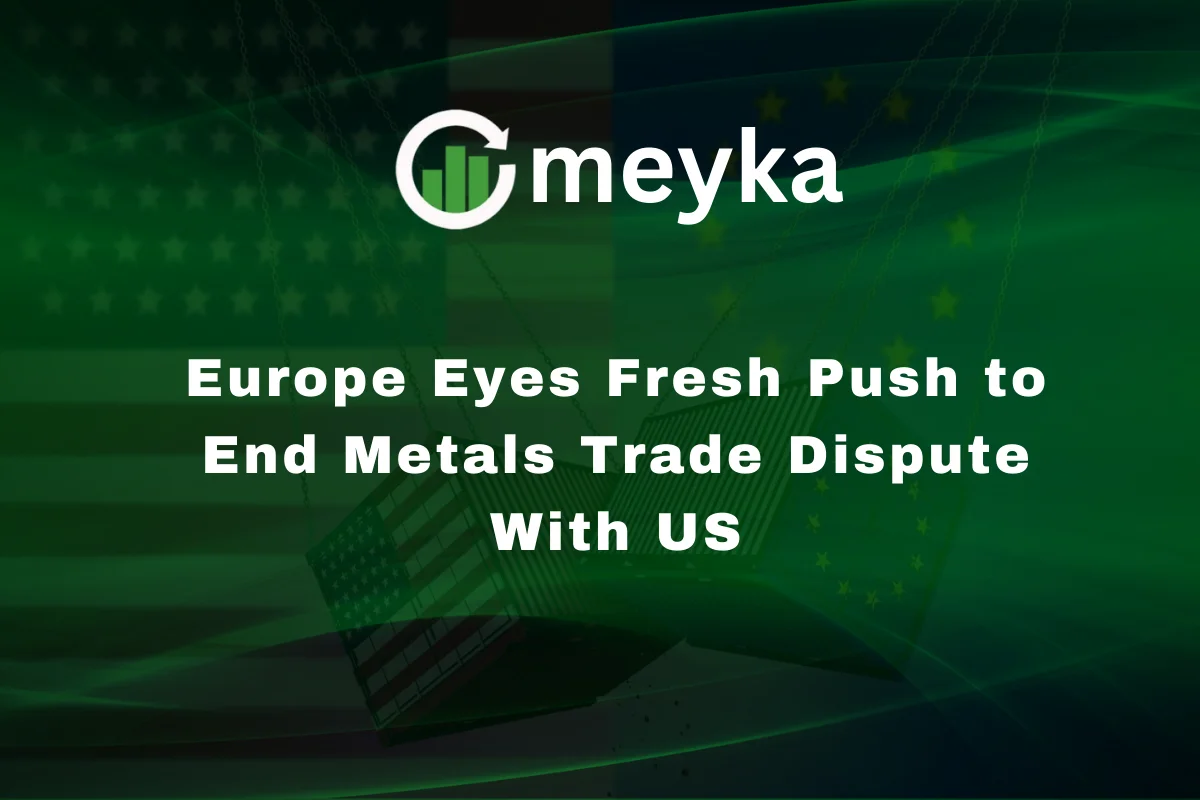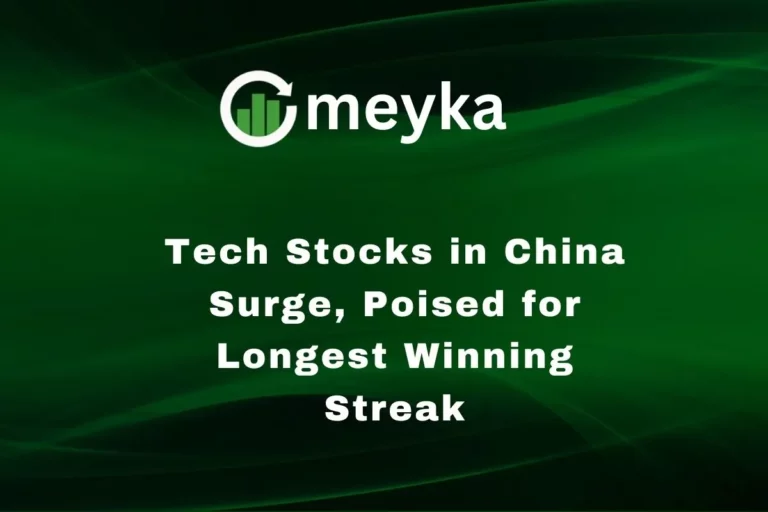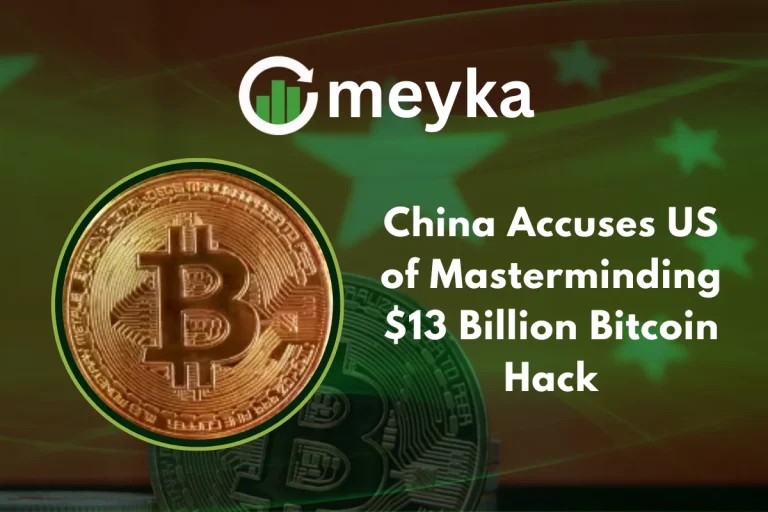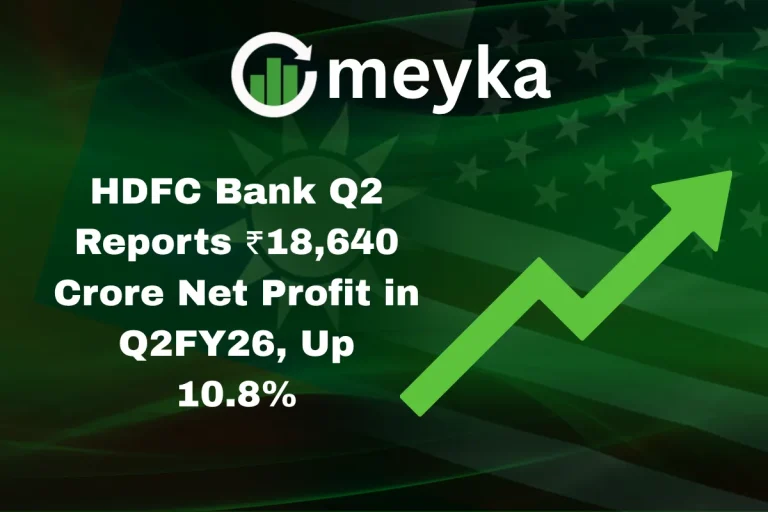Europe Eyes Fresh Push to End Metals Trade Dispute With US
The long-standing metals trade dispute between Europe and the United States has once again taken center stage. With global supply chains under pressure, both regions are showing signs of urgency to resolve tensions that have disrupted industries, raised costs, and complicated trade relations.
Recent discussions signal that the European Union (EU) is preparing a renewed push to settle the issue and stabilize one of the most important pillars of global commerce.
The Origin of the Metals Trade Dispute
The conflict began when the United States imposed tariffs on imported steel and aluminum under Section 232 of its trade law. The justification was framed around national security, but the measures quickly strained ties with allies, including the EU. Europe responded with countermeasures, targeting iconic American products in retaliation.
This tit-for-tat approach not only escalated political tensions but also hit key industries on both sides of the Atlantic. From car manufacturers to construction companies, the tariffs increased costs, restricted access to raw materials, and fueled market uncertainty.
Why Europe Is Seeking Resolution Now
Several factors are driving Europe’s renewed interest in ending the metals trade standoff:
- Economic Pressures: The European economy has been battling sluggish growth, high energy prices, and inflationary pressures. Industries depending on steel and aluminum need relief from additional costs.
- Global Competition: The rise of China as a dominant metals producer has shifted the balance in global markets. Both the US and EU recognize the need to present a united front to ensure fair competition.
- Green Transition: As both regions push toward decarbonization, cooperation in building cleaner, more efficient supply chains is vital. The metals sector plays a crucial role in renewable energy, electric vehicles, and infrastructure upgrades.
The EU wants to avoid further trade fragmentation and instead create an environment that supports collaboration in innovation, sustainability, and resilience.
The Stakes for Industries and Markets
The metals trade dispute has had ripple effects across industries. In Europe, automakers have struggled with rising costs, while in the United States, manufacturers dependent on imported metals have faced squeezed margins.
For investors and analysts tracking the stock market, particularly sectors tied to manufacturing, construction, and even AI stocks that rely on hardware production, this dispute has been a critical factor. The uncertainty around tariffs complicates stock research and investment decisions. Resolution could unlock growth potential in several industries, boosting confidence across markets.
Negotiations and Barriers to Agreement
Talks between Brussels and Washington have been ongoing for years, with temporary truces but no lasting solution. Key sticking points include:
- Tariff Removal vs. Quotas: The US has preferred quota-based systems, while Europe seeks full tariff removal.
- China Factor: Both regions want to limit China’s influence in global metals trade, but aligning strategies has been challenging.
- Environmental Standards: Discussions now include climate-related aspects, such as reducing carbon footprints in metals production.
Despite these challenges, both sides recognize that prolonged conflict undermines economic recovery and weakens their global trade position.
A Possible Framework for Resolution
Analysts suggest that a potential framework could include:
- A joint EU-US metals alliance focused on securing sustainable supply chains.
- The introduction of green steel and aluminum standards encourages environmentally friendly production.
- The creation of monitoring mechanisms to prevent unfair trade practices by third countries.
Such an agreement would not only end the dispute but also strengthen transatlantic ties in strategic industries.
Impact on Global Trade and Geopolitics
Ending the metals trade dispute could have far-reaching consequences:
- Restoring Confidence: Businesses would gain clarity and predictability, aiding long-term planning and investments.
- Boosting Trade Volumes: With tariffs lifted, trade flows between the US and EU could expand, improving market efficiency.
- Strengthening Alliances: In a world of shifting geopolitical dynamics, closer cooperation between Washington and Brussels would send a strong message of unity.
- Environmental Gains: By linking the resolution to green production standards, both regions could lead the global transition toward sustainable metals.
What This Means for Investors
Investors are watching the talks closely. Industries dependent on steel and aluminum could experience cost reductions and improved profit margins once barriers are removed. Stock market volatility tied to trade tensions may also ease, creating a more favorable environment for growth.
For those engaged in stock research, the resolution could uncover opportunities in sectors such as renewable energy, automotive, and construction. Moreover, companies involved in producing advanced technologies, including AI stocks reliant on metals for chip and hardware manufacturing, could also benefit from a more stable supply chain.
Challenges Ahead
While optimism is growing, challenges remain. Political pressures, domestic industry lobbying, and differing climate policies could still delay a deal. Elections in both regions could further complicate negotiations if leaders prioritize short-term protectionism over long-term cooperation.
However, the growing realization that unresolved disputes weaken both economies may finally push the EU and the US toward a compromise.
Conclusion
The renewed push by Europe to resolve its metals trade conflict with the United States represents more than just tariff negotiations. It is about shaping the future of global supply chains, strengthening alliances, and advancing sustainability goals. Both sides have much to gain from cooperation and even more to lose from continued division.
As discussions progress, industries, investors, and policymakers worldwide will be watching closely. A resolution would mark a turning point not only for transatlantic trade but also for global economic stability.
FAQs
The dispute began when the US imposed tariffs on steel and aluminum imports, citing national security concerns. Europe responded with counter-tariffs, escalating the conflict.
The tariffs increased costs for manufacturers, disrupted supply chains, and created uncertainty in the stock market, especially for industries dependent on metals.
Yes. Lifting tariffs could reduce costs, improve supply chain stability, and create new investment opportunities in sectors like renewable energy, construction, and technology.
Disclaimer:
This content is made for learning only. It is not meant to give financial advice. Always check the facts yourself. Financial decisions need detailed research.






